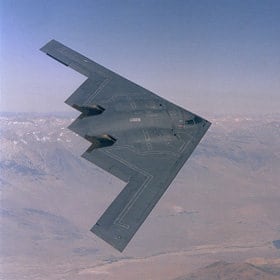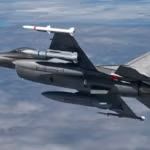
Efforts to slow modernization of the nuclear triad until the Defense Department completes a comprehensive study of the programs’ total cost largely failed to make it into the House version of the 2018 National Defense Authorization Act on July 13.An amendment to the law that would limit spending on the Long-Range Standoff (LRSO) weapon and other nuclear modernization programs failed when the House considered some of 210 proposed changes to its version of the bill. Another measure that would expand…

 By
By 











